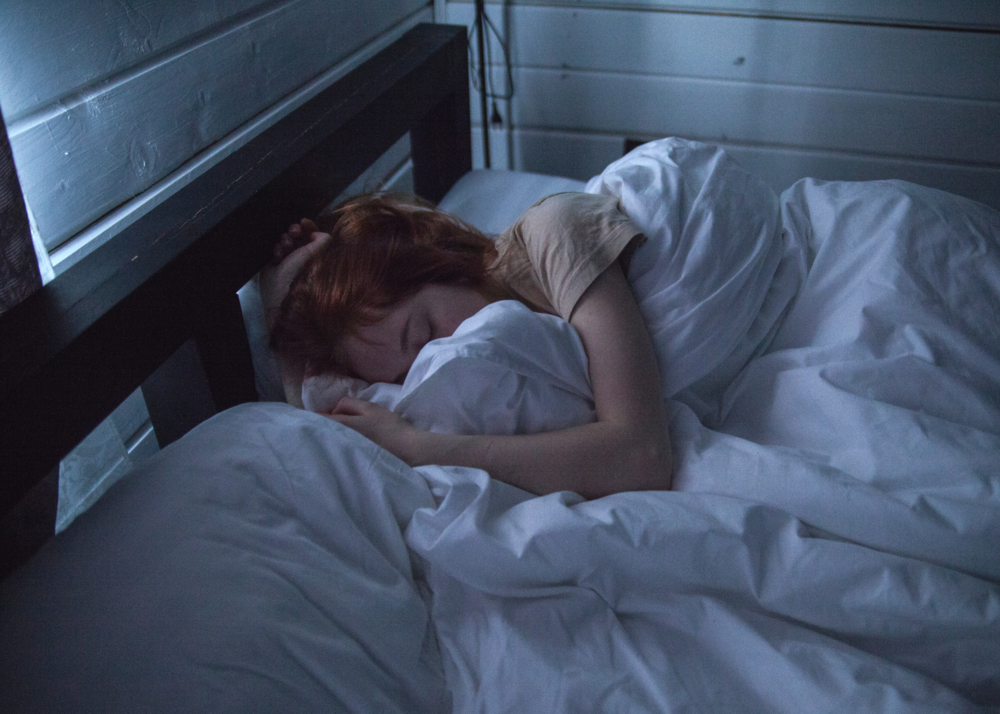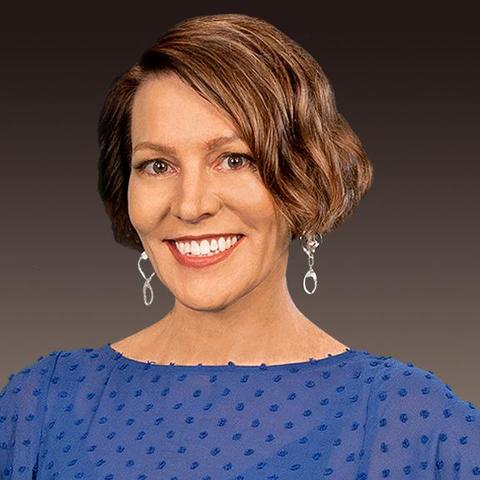Section Branding
Header Content
Nightmares And Viral Scares: How COVID-19 Manifests In Our Dreams
Primary Content
In addition to changing many aspects of our waking lives, coronavirus has also shifted how we dream.
Institutions around the world have been collecting examples of dreams since the outset of the pandemic, and some researchers found a 35% increase in dream recall since lockdown.
On Second Thought sat down with Harvard University Assistant Professor Deirdre Barrett to learn more about the impact of COVID-19 on our dreaming minds. Barrett has analyzed dreams of World War II soldiers, 9/11 first responders, and Kuwaitis under Iraqi occupation. Since March, she’s collected details on more than 7,000 dreams to study how people are responding to coronavirus in their dreams.
"On Second Thought" host Virginia Prescott speaks with Deirdre Barrett.
Barrett explained that, while some people dream more literally about the physiological effects of the virus, like fevers or coughs, many pandemic dreams have interpreted the threat of the virus more metaphorically.
In particular, she’s noticed a significant uptick in the number of dreams about bugs — something she’s never seen in other crises.
“Partly, we use it as a slang term — ‘I’ve got a bug’ means ‘I’ve got a virus,’” she offered as one possible explanation for the ascent of creepy crawlers into our collective subconsciousness. “But in a deeper sense, I think [bugs are] also a really good metaphor for lots of little things that, cumulatively, could harm or kill you.”
In her past research, Barrett found that clear visuals, like buildings coming down, planes crashing, and hijackers with knives took center stage in many Americans’ dreams following 9/11. But, during the pandemic, Barrett believes that our brains are finding creative ways to visualize a threat that’s hard to picture.
“When a menace is invisible, we’re just as terrified, but we don’t have one or two obvious visual images that everybody will use,” she explained. “Our dreaming mind works so visually, that when it’s feeling terrified, it looks for an image that would go with that emotion.”
While Barrett’s survey is published only in English, she’s received responses from all over the world. She’s already noticed a difference how leadership figures appear in dreams between dreamers in the U.S. and Asia versus those in Europe.
“In the United States and Asia, I would say on average, the leaders play a somewhat negative role,” she shared. “They’re either interfering and doing something to make the situation worse, or you [have] some piece of information that you need to confide in an authority, and they won’t listen. […] Whereas in Europe, they’re mostly positive.”
But the question remains — why are so many reporting vivid, stressful dreams during the pandemic? Barrett suggests that it has to do with the fact that many people are sleeping more during the pandemic, with heavily reduced commute times while working from home and fewer activities out of the house due to social distancing.
“The last dreaming period of the night is the longest and most vivid,” she explained. “If you cut off just a little of your sleep time, you’re not just proportionally losing that amount of dream time — you’re losing more dream time, and your very most vivid [dreams]. So when you catch up on sleep, you get this big rebound in vivid dreams.”
Whether it’s a swarm of glowing crickets descending upon a picnic with friends or imagining blue stripes as a symptom for coronavirus, bizarre dreams can be fun to share with others. But there’s one group of people whose dreams may be cause for concern — frontline healthcare workers.
“A lot of the healthcare worker dreams, especially now that the pandemic is really underway most places, are just classic PTSD nightmares,” Barrett explained, citing commonalities between the dreams of healthcare workers and wartime soldiers. “They’re not as bizarre as other dreams. They tend to be pretty literal.”
However, Barrett shared that despite the limited control we have over the course of the pandemic, there are some simple ways to help guide your dreams before sleeping.
“Just pick something you would like to dream about,” Barrett suggested. “And then, as you’re falling asleep, picture that person or place or activity in your mind’s eye, and tell yourself repeatedly as you’re falling asleep, I want to dream about this. I want to dream about this. And that makes it both likelier that you will have the content you’re targeting, and also less likely that you’ll have more anxiety dreams.”
INTERVIEW HIGHLIGHTS
On pandemic anxieties appearing in dreams
For the typical person who's sheltering at home, watching the news, very worried, but not on the front lines dealing with it, they tend to just be having a lot of anxiety dreams. [Dreams] about the virus itself were the most frequent at first, but as time wears on, I see more dreams that are about the outshoots of the pandemic, like the shelter at home orders and homeschooling kids. One woman who was really homeschooling her one child dreamed that the school had decided that all of her child's class had to shelter at her home throughout the pandemic, and she had to do their home schooling. So, dreams exaggerate what is worrisome in our waking lives.
On the purpose of dreaming about stressors
I think that our dreams are very much like our waking thought[s], in that lots of it is just repetitive and not necessarily getting us anywhere. But the purpose is to try to think through our thoughts and concerns. And, just like waking thought, some of it is wasted on circular [thoughts], and some of it is doing a really good job of processing and sorting things, or of giving us a different perspective, making us think about something that we haven't so far. So cumulatively, dreams are productive, but just like with waking thought, not every second of every dream is productive.
On how healthcare workers are dreaming differently from the general public
A lot of the health care worker dreams — especially now that the pandemic is really underway most places — are [having] just classic PTSD nightmares. They're not as bizarre as other dreams. They tend to be rather literal. Many of the general public dream that their children or their elderly parents come down with the virus, but for the general public the dream just ends with that. "Oh, my God, they have it. They might die of it." But for the health care providers, if they dream that their child or elderly parent gets it, then the very next thought is always, "I've given it to them. They're about to die of this because I have infected them." So there's a lot of concern about being infectious themselves.
On the power of sharing dreams with each other
I think it's just a more intense version of sharing, you know, [like sharing] that we're all having the same waking worries and experiences makes people feel bonded to people on the other side of the planet. But dreams are deeper and more personal. So when you're having anxiety dreams and you tell them to someone who says, "Oh, I had something like that, too," and tells you their version of it, we really connect at a more unconscious level.
Get in touch with us.
Twitter: @OSTTalk
Facebook: OnSecondThought
Email: OnSecondThought@gpb.org
Phone: 404-500-9457



